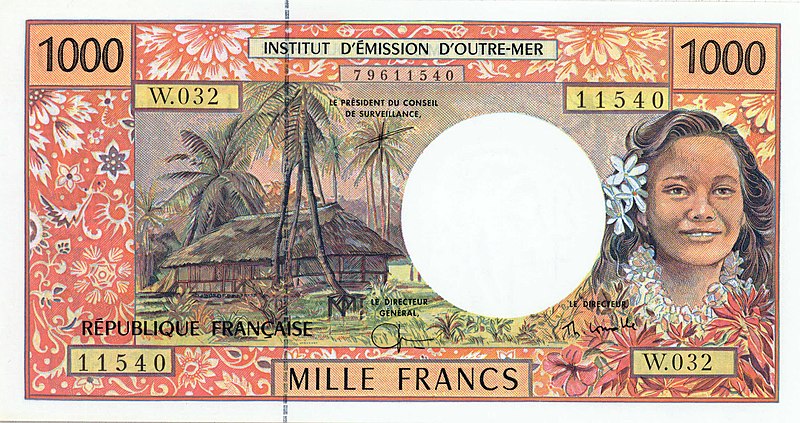
Thammasat University students interested in research funding, grants, fellowships, and other sources of financial support for scholarly projects may find it useful to participate in a free 19 August online seminar on Writing Winning Proposals.
The event, on Friday, 19 August 2022 at 8am Bangkok time, is organized by the University of Hong Kong (HKU).
The TU Library collection includes many books about different aspects of writing proposals.
The speaker will be Professor Wei Wang who teaches pharmacology and toxicology, chemistry and biochemistry at the University of Arizona, the United States of America.
The event moderator will be Professor Zhangjin Zhang of the School of Chinese Medicine, HKU
Dr. Wang earned a PhD in organic chemistry from North Carolina State University and completed a postdoctoral fellowship in chemistry at the University of Arizona. His research interests include organic synthesis, molecular imaging and recognition, chemical biology and medicinal chemistry (drug discovery).
As the webinar description posted online explains:
Grant application is one of the most important activities for researchers in their career growth and development. Not always great idea wins a grant because “a grant application is not science; it is the marketing of science” (J.L. Ferrara and A.H. Schmaier). In particular, nowadays, competition for grants has never been more intense. Many factors affect the success of grant application. Understanding the nature of the funding mechanism and process and reviewers’ aspects and learning the grant craftsmanship can enhance the chance for success. The talk will focus on idea development, selection of correct grant mechanism, and tips and strategies that are of proven value in presenting an applicant’s case to reviewers.
Students are invited to register at this link.
With any questions or for further information, please write to
scmevent@hku.hk

An article in Nature from 2019 underlined the intense competition for grants among researchers:
Being a renowned scientist doesn’t ensure success. On the same day that molecular biologist Carol Greider won a Nobel prize in 2009, she learnt that her recently submitted grant proposal had been rejected. “Even on the day when you win the Nobel prize,” she said in a 2017 graduation speech at Cold Spring Harbor Laboratory in New York, “sceptics may question whether you really know what you’re doing.”
To increase the likelihood of funding success, scientists suggest doing an extensive search of available grants and noting differences in the types of project financed by various funding bodies. Government agencies such as the NSF tend to be interested in basic science that addresses big, conceptual questions, says Leslie Rissler, programme director at the NSF’s Division of Environmental Biology in Alexandria, Virginia. A private foundation, however, might prioritize projects that inform social change or that have practical implications that fit into one of its specific missions.
Pitching a proposal
Before beginning an application, you should read descriptions and directions carefully, advises Ball, who recently pored over 200 pages of online material before starting a proposal. That effort can save time in the end, helping researchers to work out which awards are a good fit and which aren’t. “If you’re not absolutely spot on with what they’re looking for, it may not be worth your time in writing that grant,” she says.
Experienced scientists suggest studying successful proposals, which can often be acquired from trusted colleagues and supervisors, university libraries or online databases. A website called Open Grants, for example, includes more than 200 grants, both successful and unsuccessful, that are free to peruse.
Grant writers shouldn’t fear e-mailing or calling a grants agency to talk through their potential interest in a project, advises Amanda Stanley, executive director at COMPASS, a non-profit organization based in Portland, Oregon, that supports environmental scientists. For six years, she worked as a programme officer for the Wilburforce Foundation in Seattle, Washington, which supports conservation science. At this and other private foundations, the application process often begins with a ‘soft pitch’ that presents a brief case for the project. Those pitches should cover several main points, Stanley says: “‘Here’s what I’m trying to do. Here’s why it’s important. Here’s a little bit about me and the people I’m collaborating with. Would you like to talk further?’” She notes that a successful proposal must closely align with a foundation’s strategic goals.
Each organization has its own process, but next steps typically include a phone conversation, a written summary and, finally, an invitation to submit a formal application. “Once you’ve gotten that invitation to submit a proposal from the programme officer, your chances of getting funded are really, really high,” Stanley says.

The write stuff
Applicants should put themselves in the shoes of grant reviewers, who might need to read dozens of applications about complicated subjects that lie outside their own fields of expertise, often while juggling their own research.
“Imagine you’re tired, grumpy and hungry. You’ve got 50 applications to get through,” says Cheryl Smythe, international grants manager at the Babraham Institute, a life-sciences research institution in Cambridge, UK. “Think about how you as an applicant can make it as easy as possible for them.”
Formatting is an important consideration, says Aerin Jacob, a conservation scientist at the Yellowstone to Yukon Conservation Initiative in Canmore, Canada. White space and bold headings can make proposals easier to read, as can illustrations. “Students are tempted and sometimes encouraged to squeeze in as much information as possible, so there are all kinds of tricks to fiddle with the margin size, or to make the font a little bit smaller so that you can squeeze in that one last sentence,” Jacob says. “For a reviewer, that’s exhausting to read.”
Ball advises avoiding basic deal-breakers, such as spelling errors, grammatical slips and lengthy proposals that exceed word limits. Those kinds of mistake can cast doubt on how rigorous applicants will be in their research, she says. A list of key words, crucial for indexes and search engines, should be more than an afterthought, Ball adds. On a proposal for a project on promoting physical activity among women, she tagged her proposal with the word ‘women’. The descriptor was too broad, and her application ended up with a reviewer whose expertise appeared to be in sociology and gender studies instead of in exercise or nutrition. The grant didn’t score well in that round of review.
To prevent a reviewer’s eyes from glazing over, Jacob says, use clear language instead of multisyllabic jargon. When technical details are necessary, follow up a complex sentence with one that sums up the big picture. Thinking back to her early proposals, Jacob remembers cramming in words instead of getting to the point. “It was probably something like, ‘I propose to study the heterogeneity of forest landscapes in spatial and temporal recovery after multiple disturbances,’ rather than, ‘I want to see what happens when a forest has been logged, burnt and farmed, and grows back,’” she says…

(All images courtesy of Wikimedia Commons)
